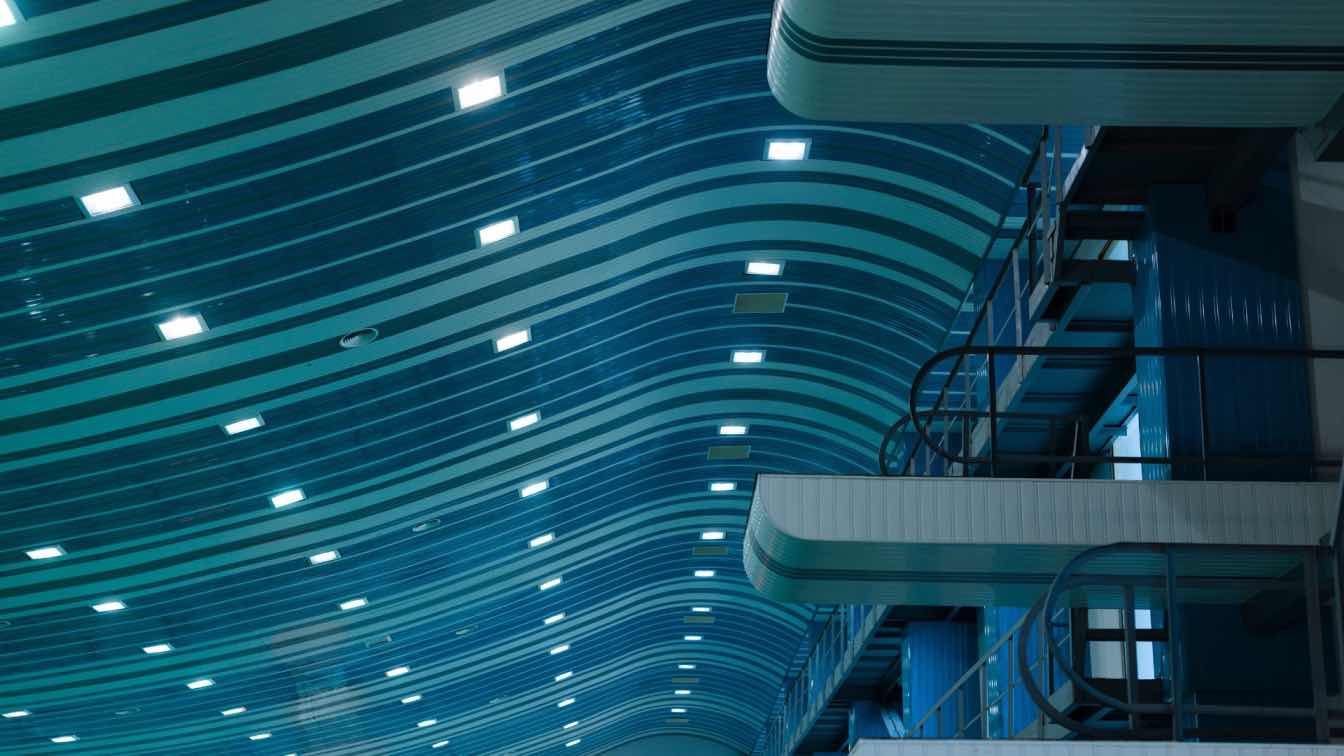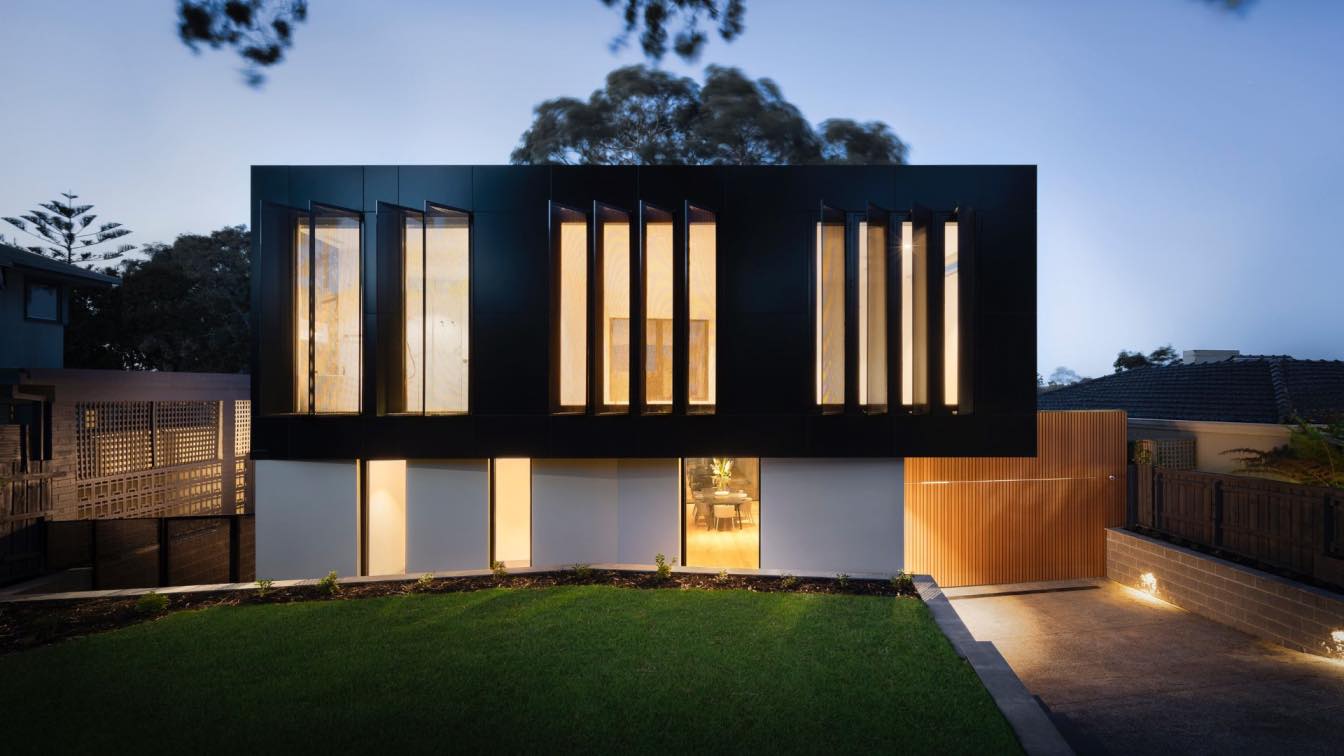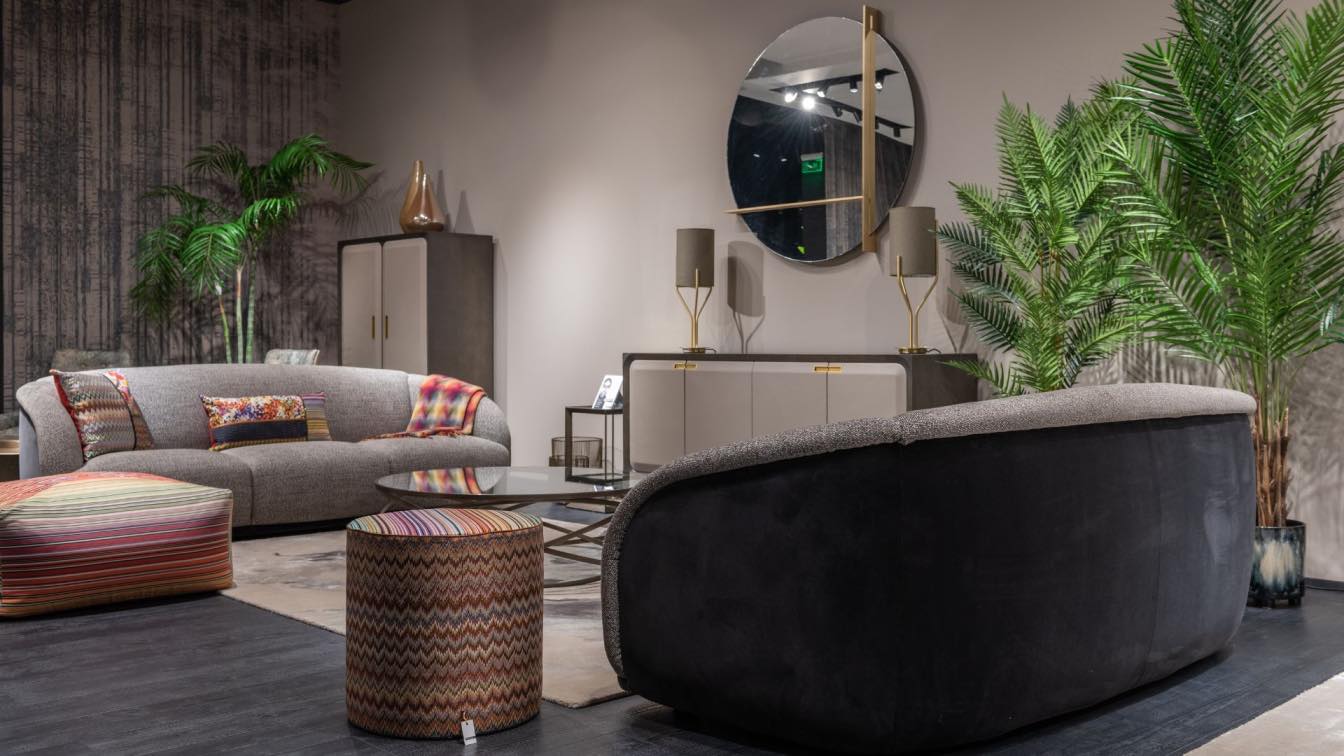Proper lighting in a warehouse is crucial for maintaining safety, efficiency, and productivity. It enhances visibility, reduces the risk of accidents, and can even boost workers' morale. A well-lit warehouse not only ensures smooth operations but also contributes to energy savings in the long run. In certain scenarios, such as warehouses storing hazardous materials, proper hazardous lighting becomes even more critical, ensuring safety in potentially dangerous environments.
Choosing the right warehouse lighting involves considering several factors, such as the size of the warehouse, the nature of work being carried out, energy consumption, and maintenance costs. This article aims to guide you through the process of selecting the most suitable lighting for your warehouse, ensuring a well-lit, safe, and efficient workspace.
Requirements for Warehouse Lights
When choosing warehouse lights, it’s important to consider the specific requirements of your warehouse. These requirements can vary depending on the size of the warehouse, the type of work being done, and the existing lighting conditions. The goal is to provide adequate illumination while minimizing energy consumption.
The right warehouse lighting should provide bright, uniform light that minimizes shadows and dark spots. It should also be durable enough to withstand the harsh conditions of a warehouse environment and easy to maintain. Furthermore, the lighting should be designed to reduce glare, which can cause eyestrain and reduce productivity.
Wattage and Lumens
When choosing warehouse lighting, consider the wattage and lumens of a light source. Wattage refers to the amount of electricity a light source uses, while lumens refer to the amount of light output. In general, a light source with a higher lumen output and lower wattage is more energy-efficient.
For warehouse lighting, select a light source with a high-lumen output to ensure adequate illumination. However, the wattage should be as low as possible to minimize energy consumption. LED lighting, for example, is known for its high lumen output and low energy consumption, making it an ideal choice for warehouse lighting.
Light Distribution and Uniformity
Light distribution and uniformity are crucial in a warehouse setting. Proper light distribution ensures that all areas of the warehouse are adequately illuminated, reducing the risk of accidents and errors. Uniform lighting, on the other hand, helps to eliminate shadows and dark spots, providing a safer and more efficient working environment.
To achieve good light distribution and uniformity, consider the placement and spacing of your light fixtures. They should be arranged in a way that provides even lighting throughout the warehouse. Additionally, the use of reflectors and diffusers can help to distribute light more evenly and reduce glare.
Color Temperature
The color temperature of a light source can have a significant impact on the visibility and comfort of a warehouse environment. Color temperature is measured in Kelvin (K) and refers to the perceived color of a light source. It can range from warm (yellowish) to cool (bluish) light.
For warehouse lighting, a cool white light (around 5000K) is often recommended. Cool white light has a higher color rendering index (CRI), which means it can more accurately represent the true color of objects. This can be particularly important in warehouses where workers need to distinguish between different colors, such as in picking and sorting operations.
Energy Efficiency
Energy efficiency is a key consideration when choosing warehouse lighting. Energy-efficient lighting not only reduces energy consumption but also results in lower maintenance costs and a smaller carbon footprint. LED lights, for instance, are highly energy-efficient and have a longer lifespan compared to traditional lighting options like fluorescent and incandescent lights.
Besides choosing energy-efficient light sources, you can also improve the energy efficiency of your warehouse lighting by using lighting controls. These include motion sensors that turn lights on and off based on occupancy and dimmers that adjust the brightness level based on the amount of natural light available.
Maintenance and Durability
Maintenance and durability are also important factors to consider when choosing warehouse lighting. The lighting fixtures you choose should be durable enough to withstand the harsh conditions of a warehouse environment, including dust, moisture, and varying temperatures.
LED lights, for example, are known for their durability and long lifespan. They are resistant to shock, vibration, and extreme temperatures, making them an ideal choice for warehouse lighting. Furthermore, LED lights require less maintenance compared to other types of lighting, which can result in significant cost savings over time.
Mounting Height and Type of Mounting
The mounting height and type of mounting are also important considerations when choosing warehouse lighting. The mounting height refers to the distance between the light fixture and the floor. The type of mounting, on the other hand, refers to how the light fixture is installed.
High bay lights are often recommended for warehouses with high ceilings. These lights are designed to be mounted at heights of 20 feet or more and provide powerful, wide-spread lighting ideal for large, open spaces. For lower ceilings, low bay lights or linear lights may be more appropriate.
Types of Warehouse Lights
There are several types of lights that are commonly used in warehouses. Here are a few examples:
High Bay Lights
Ideal for high-ceiling warehouses, these lights provide powerful, wide-spread lighting.
Low Bay Lights
These are suitable for lower-ceiling warehouses and provide bright, uniform lighting.
LED Strip Lights
These are perfect for illuminating shelves and aisles in a warehouse.
Flood Lights
These are used for illuminating outdoor areas of a warehouse like loading docks.
Task Lights
These are used to provide additional lighting in areas where detailed tasks are performed.
Each type of light has advantages and is suited to different applications. The choice of light will depend on your specific needs and the layout of your warehouse.
To Sum Up
Choosing the right warehouse lighting is crucial for maintaining a safe and efficient working environment. Remember, the goal of warehouse lighting is not just to illuminate the space but to enhance safety, improve productivity, and reduce energy consumption. Therefore, it’s worth investing in high-quality, energy-efficient lighting that meets the specific needs of your warehouse.
Warehouse lighting is an important aspect of warehouse management that should not be overlooked. With the right lighting, you can create a well-lit, safe, and efficient workspace that meets the needs of your workers and your business.





